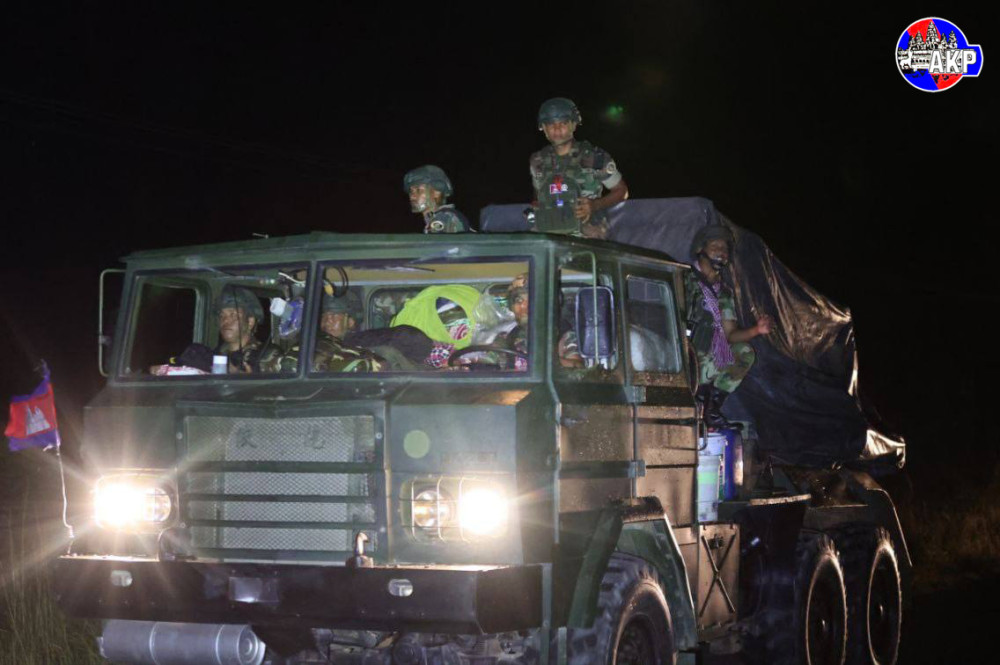Cambodia and Thailand have initiated the first phase of their agreed-upon commitment to simultaneously withdraw heavy and destructive weapons and equipment from key border areas in Preah Vihear province.
The operation commenced on the evening of November 1, 2025, and is being carried out under the direct observation and verification of the ASEAN Observer Team (AOT), which has personnel stationed in both countries.

This de-escalation is a concrete result of recent high-level diplomatic efforts:
Key Agreements and Timeline
- Joint Declaration (Kuala Lumpur, October 26, 2025): The Prime Ministers of Cambodia and Thailand signed this historic accord to end border tensions, commit to peaceful dispute settlement, and implement a ceasefire. A gesture of goodwill was immediately made that same evening with a partial withdrawal of two armored vehicles by each side.
- Special Regional Border Committee (RBC) Meeting (October 31, 2025): The Special RBC, involving Cambodia’s Military Region 4 and Thailand’s 2nd Army Area, met to finalize a concrete, step-by-step action plan for the phased removal of the heavy weaponry.
Phase One Details
- Duration: Three weeks, from November 1 to November 21, 2025.
- Location (Cambodian Side): The removal operations are taking place at two designated locations in Preah Vihear province: Choam Ksant district and Rovieng district.
- Weapon Type (Planned): This first phase focuses on the removal of multiple-launch rocket systems (specifically, Category A weapons like the BM-21 rockets) from the border.
Official Stance
H.E. Lt. Gen. Maly Socheata, Spokesperson for the Cambodian Ministry of National Defence, expressed Cambodia’s strong desire for lasting peace:
“Cambodia firmly hopes that both parties will fully and effectively implement the Joint Declaration signed in Kuala Lumpur, with sincerity, goodwill, and transparency, to contribute to peace, stability, cooperation, development, and a swift return to normalcy — benefiting both countries and their peoples for generations to come.”
The successful implementation of this first phase is a critical step in restoring long-term stability and mutual trust along the shared border.

